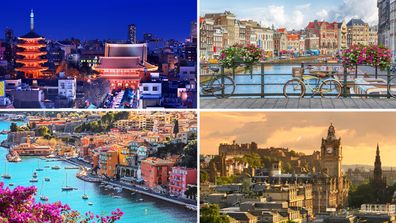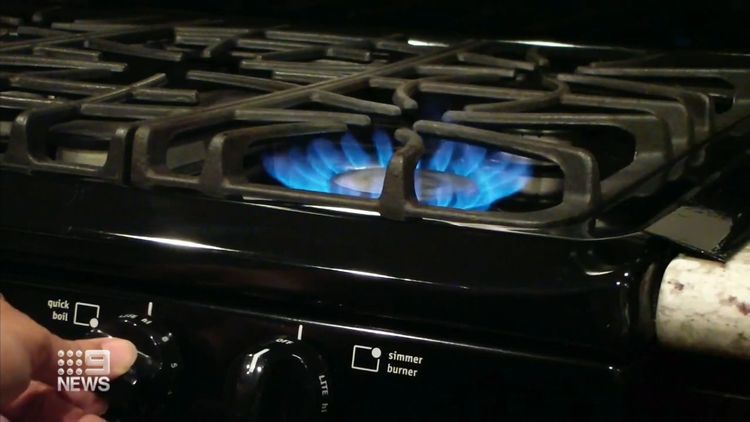
Go to the kitchen, flick the gas stove on, cook up a healthy meal chock-full of veggies and... increase the risk of your kids getting asthma?
It's not exactly what most Australians want to add to the menu, but there's ample research saying that's exactly what's happening – and a new poll suggests more than two-thirds of the country doesn't know about it.
With more evidence emerging about the health risks – not to mention costs and negative climate impact – of cooking with gas, and a push to stop the stoves being used, here's what you need to know about the issue.
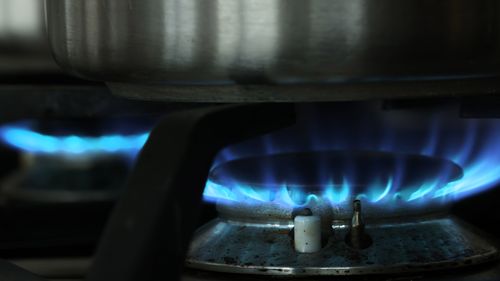
Are gas stoves bad for your health?
While they have so often been touted as the optimal cooking method, a number of studies have concluded gas stoves release pollutants and contribute to illness, namely the development of childhood asthma.
Research published in the International Journal of Environmental Research and Public Health in December last year concluded that 12.7 per cent of childhood asthma cases in the USA can be attributed to gas stove use, which the authors said was comparable to secondhand smoking.
The Australian Journal of General Practice puts the link down to nitrogen dioxide, an airway irritant that is a byproduct of gas stoves burning methane.
"(Nitrogen dioxide) is a respiratory irritant that can directly cause airway constriction and sensitisation to allergens," it said last December.
"In population studies, it is associated with both the development of asthma and asthma attacks."
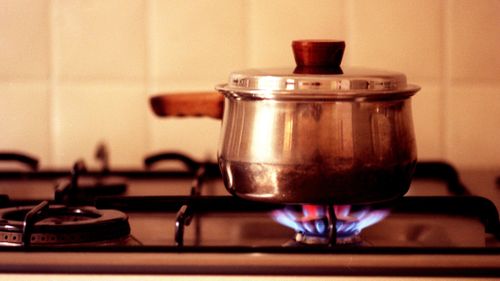
Why are we only just finding out about it?
While the US study is relatively new, its conclusions aren't.
Australian researchers from the University of Queensland made similar findings back in 2018.
"We found that 12 per cent of childhood asthma is attributable to exposure to gas stoves used for cooking, and eight per cent is linked to household dampness," lead researcher Dr Luke Knibbs said in announcing the study, which was published in the Medical Journal of Australia.
"Cooking with gas releases chemicals such as nitrogen dioxide and formaldehyde, which causes inflammation in the airways and exacerbates asthma.
"With 38 per cent of Australian homes using natural gas for stovetop cooking, this is a common problem."

What is more of a recent development is the push to remove gas from homes, not just in Australia but around the world.
This had somewhat of a flare-up earlier in the year when Richard Trumka Jr, a commissioner of the US Consumer Product Safety Commission (CPSC), told Bloomberg that, given the health risks, "any option is on the table. Products that can't be made safe can be banned".
That led to ultra-conservative politicians in the US creating a furore about the so-called attempt to ban gas stoves (the CPSC later clarified they had and have no such intentions).
Top 10 locations Aussies want to travel to this winter
But there are genuine campaigns to phase out gas stoves.
The Climate Council, which commissioned a poll of over 1000 Australians that found only 32 per cent were aware of the health risks of gas stoves, has recently launched a campaign calling on state and territory governments to help facilitate households make the switch to all-electric appliances.
Last year, meanwhile, saw the launch of the Global Cooksafe Alliance – a group of property developers, chefs, scientists and doctors calling for a shift away from gas cooking to "improve our health, reduce climate change and help give low-income communities access to electricity".
Lendlease, one of Australia's largest property developers and a member of the coalition, announced in December it will stop piping gas into kitchens of new properties by 2030, while San Francisco and some other American states and cities banned the use of natural gas in new homes years ago.
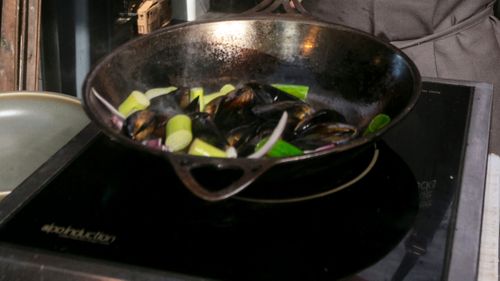
What can you do to reduce the risks?
The obvious option is to replace your gas stove with an electric alternative.
Traditional ceramic electric stovetops are slow to heat and cool, and struggle to reach the same high heat as gas burners.
However, modern induction stovetops have been found to boil water quicker than gas, be more energy efficient, and can change temperature immediately.
They do have some drawbacks though – as the heat is transferred from the stove to the cooking surface through a magnetic field, not all cookware is compatible with induction, but the most obvious barrier is the cost of making the switch.
The Climate Council found households can save between $500 and $1900 in yearly energy bills after changing from gas to induction.
But the initial cost of a stove and installation usually reaches the thousands.
If changing your stovetop isn't an option, the Australian Journal of General Practice recommends opening doors and windows while cooking to ensure the room is properly ventilated.
Sign up here to receive our daily newsletters and breaking news alerts, sent straight to your inbox.

